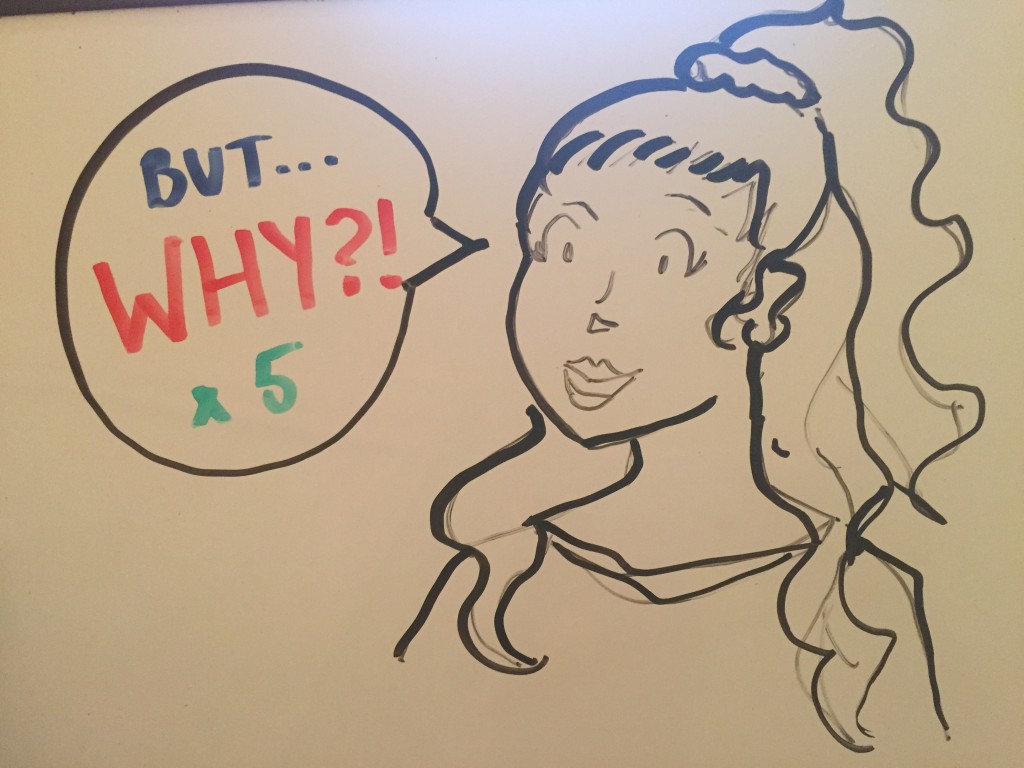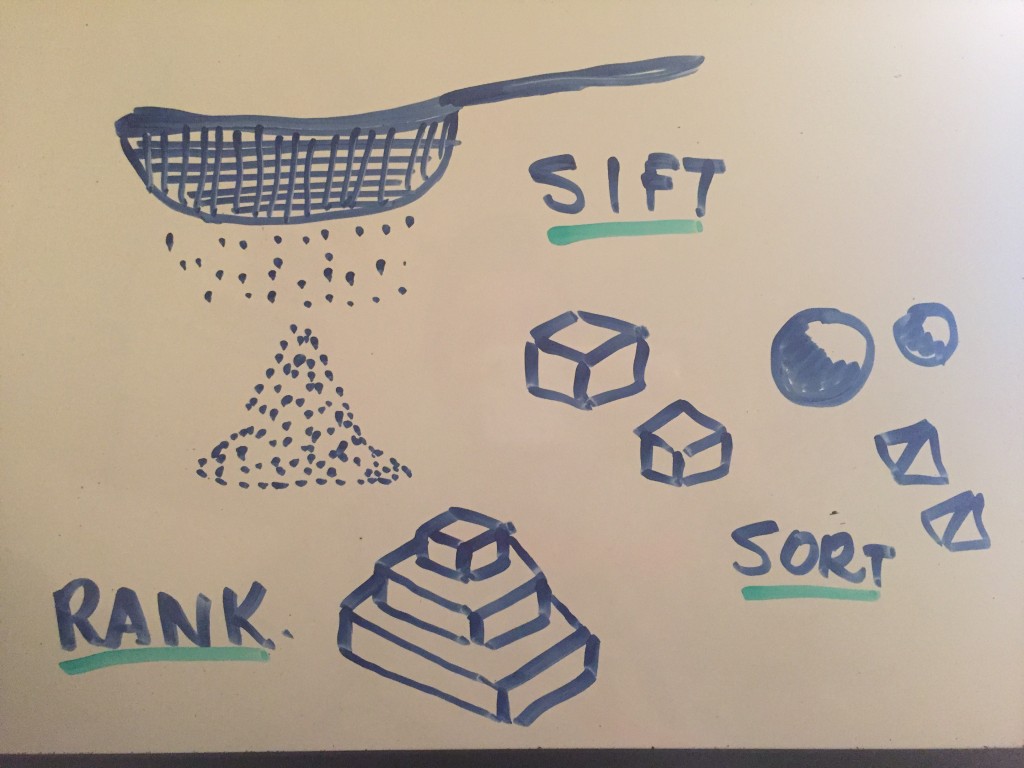Problem Solved?
Problems never end. However, the way that I tackle problems has grown to a new level, particularly with team problem-solving. In the beginning, working with EY was overwhelming and felt like no solutions were going to be obtained. Yet, we soon realized that “boiling the ocean” was our reason for confusion, and had to specify our strategy in order to create something worthwhile. 
Some things stayed constant for me through the term when looking into a problem that is school or work related. One of these is creating a comfortable atmosphere. A way that I was able to use my “experience architect” trait was with our team meetings (1). Due to the gruelling long meeting times, I ensured that we would occasionally break our typical meeting routine by meeting in a new cafe or bringing cookies/timbits to meetings! This would enforce creativity and a fresh perspective. For a video to demonstrate a sample of our meetings, click here:
However, there were new problem solving techniques that I will continue to use in future problem solving situations. When looking into others’ perspectives, two techniques that the team used constantly were “Role-Playing” and “Scenarios” to imagine ourselves in situations that we would not normally be in (2) (3). This allowed us to gather assumptions, and analyze these assumptions to diagnose our problem. Along with these techniques, we also looked into another favourite, the “5 Why’s” (4). This technique allowed us to go further with our assumptions. An example of this would be when the team and I assumed that Junior Managers wanted to “grow” in their position/skills/promotions. We then looked into asking, “Why do they want to grow? What areas of growth are they seeking? Why?” For our EY case, this allowed us to understand the true motivators that Junior Managers were seeking out. 
Our solution development required brainstorming. Although brainstorming seems obvious to generate new ideas, one can easily get stumped. By learning these techniques, it allowed my team and I to expand our scope of brainstorming and go beyond where our thoughts would normally lead. Additionally, it allowed us to take the large problem given to us and narrow it down to something attainable. Recently, I have even found myself asking a series of “Why?” questions whenever a large problem is at hand, to dig deeper into finding the route of the problem. This took place in my Marketing Analysis team project this term, where we found ourselves stuck in the online simulation. Through my series of insightful (and annoying) “Why” questions, we were able to realize where our pinpoint mistake was made that led us to our problematic situation.
A valuable technique taken from a reading was “Sift. Sort. Rank.” (5). At first the concept felt foreign to my team and I, but I realized that this was a way humans utilize for prioritizing problems. However, what sets this tactic apart is the repetition process. Ideas would be reevaluated repeatedly, and in the end of the sifting and sorting, the surviving ideas would be ranked (5). This too, allowed us to target a specific problem evolved from a large one. 
Concerning teamwork, there are two words: “Team Scrums.” I loved how this got the team to refocus, plan, and prioritize so much in the span of 5 minutes. It seemed too efficient to be true.
The problems given to the class by EY seemed too large to tackle with the resources offered at first. However, by the final presentations, I was able to reflect on how much my mentality has grown from viewing the tangible outcomes from our hard work. These techniques allowed for problem conciseness that made it easier to solve for, and were essential tools to avoid “boiling the ocean.”
Sources:
(1) Kelley, T. (2005). The Ten Faces of Innovation. Retrieved September 30, 2015.
(2) “Role Play.” Sauder Dstudio. N.p., n.d. Web. 01 Dec. 2015.
(3) “Scenarios.” Sauder Dstudio. N.p., n.d. Web. 01 Dec. 2015.
(4) “FIVE WHYS AND SIX UNIVERSAL QUESTIONS.” Sauder Dstudio. N.p., n.d. Web. 1 Dec. 2015.
(5) “Sift, Sort, Rank.” Sauder Dstudio. N.p., n.d. Web. 01 Dec. 2015.